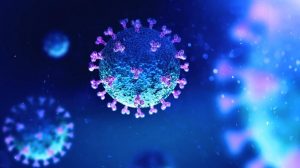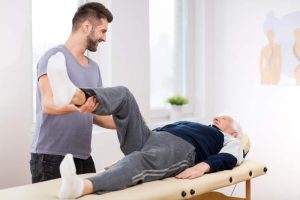Stroke is a medical emergency requiring immediate medical assistance. Based on data from Riskesdas 2013 by the Ministry of Health, 7% or as many as 1,236,825 people had stroke. Stroke cases need long term rehabilitation after the medical emergency had subsided. The objective of the rehabilitation program is to optimize post stroke functions and independence level, also to reach the highest quality of life.
Post stroke rehabilitation program depends on the location and size of the affected area. The brain has the intrinsic ability to self-repair resulting in function improvement in the following months or years. Although rehabilitation does not repair brain damage, but it can help patients to reach their best result in long term. Rehabilitation itself is re-learning basic abilities that are impaired during brain damage but also aims to protect the patient from other medical problems such as pneumonia, urinary tract infection, and vein obstruction.
Key success factors affecting stroke rehabilitation are as follows:
- Brain damage severity.
- Better brain repair happens in children and young adults compared to the elderly.
- Level of alertness. Stroke sometimes impaired one’s ability to stay alert and follow instructions during rehabilitation.
- Frequency of the rehabilitation program.
- Other medical problems.
- Addition such as railings can improve independence and safety. Many activities performed independently such as eating and dressing up can also become a part of rehabilitation and sometimes can be aided by the caregiver.
- Cooperation and support from family and friends. A caring family can be a very crucial key success factor for rehabilitation program.
- Time of rehabilitation. The faster the program starts, the higher possibility of improvement and success.
The rehabilitation program needs multidisciplinary parties. Rehabilitation plans also can change along the way during long term therapy.
The rehabilitation team is usually consisted of:
- Doctor as the person in charge for the program coordination and can be an internist, rehabilitation doctor, neurologist, family doctor, or geriatric.
- Nurse to assist the patient in re-learning the basic daily activites and also to teach how to follow medication schedule, tend the skin, improve daily mobility and wheelchair use.
- Therapist who provide therapy related with motoric sensoric impairment and provide exercise for muscle strengthening, coordination, and movement. Also includes exercises for sensoric and speech impairment.
- Psychologist helps the patient’s mental health and assess cognitive ability.
The family is still the main caregiver and with the support of competent medical partner, together they can reach higher program success. Therefore, it is important to have a reliable and trusted partner in providing best care for stoke patients.



